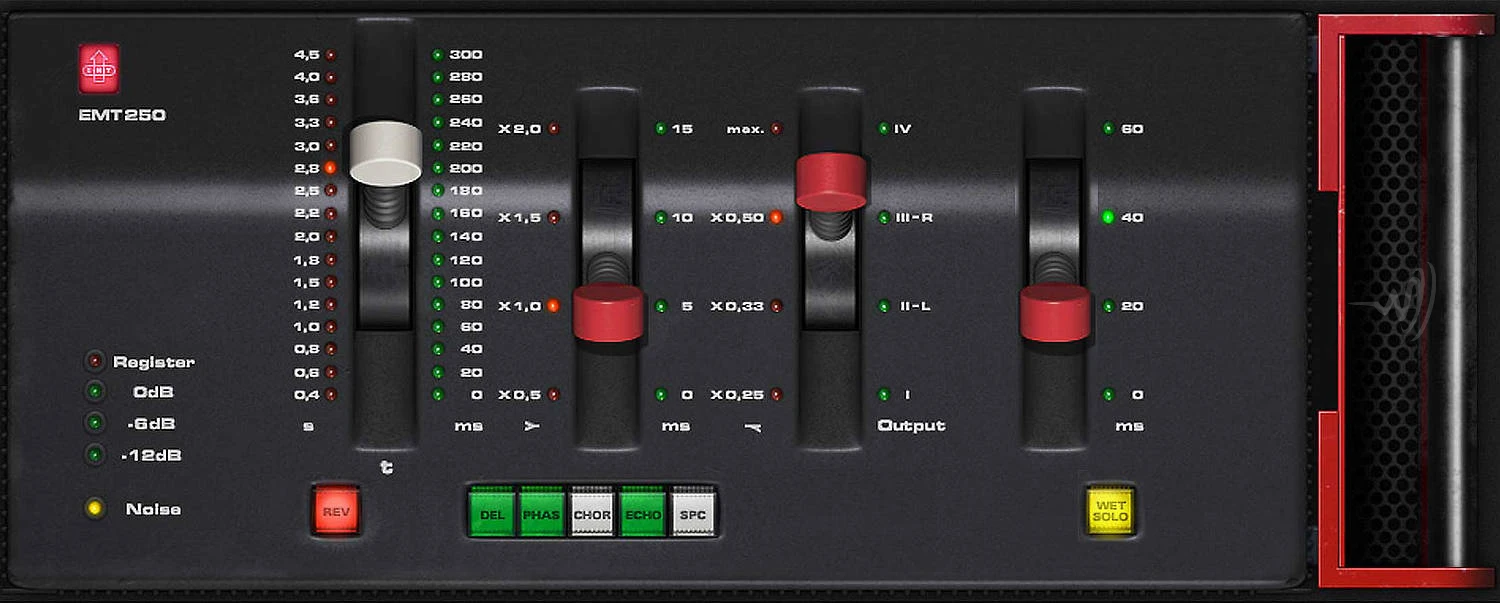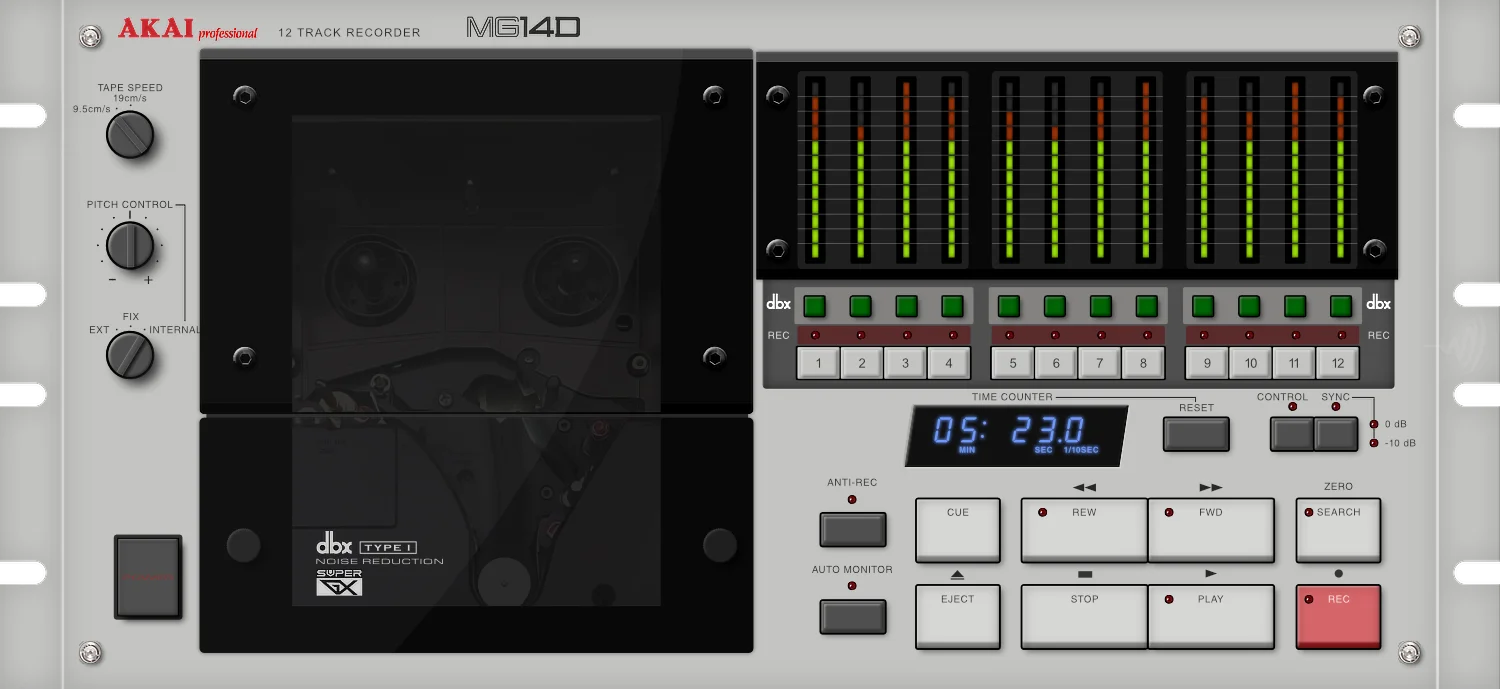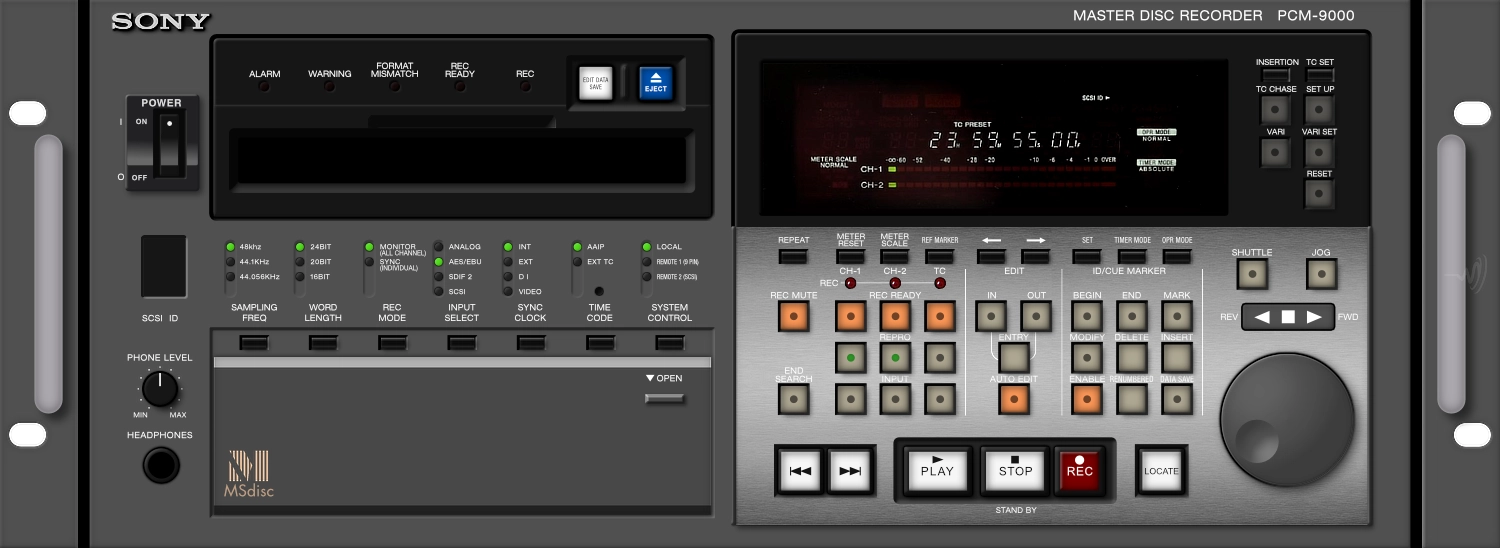So, this was a bit of an impulsive/curiosity purchase for me, as I’d heard quite a bit about this unit, and low and behold, one was offered to me at a silly price, along with the remote. The word on the street, is the DN780 was designed to be a ‘poor man’s AMS’? Now whether that’s true or not, I’m not sure, but there are plenty of ‘similarities’ when you instantly take a glance!
I’m not exactly sure when the 780 came out, but I’m guessing around 1984-86? but that’s the general time that the digital reverb market became affordable and other companies could Compete with the big players that had already got well established but cost a small fortune back then! The design of the 780 is pretty straightforward and I would be amazed if whoever designed it didn’t look at how the front panel of the RMX 16 was set out?
Operationally, it is very similar in someways to the AMS and differs in others… The front panel is very intuitive and nicely laid out (although I’m not a great fan of the multicoloured LED numerals) But I understand why they did it. The build quality of the 780 is pretty good and although it was built to a lesser budget, I would have to say, for the most part, it has stood up well to the test of time. I bought mine about five years ago and it had been sat around for quite some years before I got hold of it, and a few of the buttons needed cleaning (as did all the remote-control sliders). On the subject of the remote control, it is A nice addition and is very simple to use. Like a lot of reverbs that were supplied with remotes, sadly, quite a few have been lost over time and they are extremely difficult to find on their own…Now onto the sound.
The DN780 Is a great sounding reverb. It has all the usual variations of hall, plate, vocal and nonlinear algorithms and is fully Programmable with plenty of user memory locations (which the AMS sadly lacks) As you’d expect, it is not an AMS (In terms of its sound quality) but being fair, a few of the algorithms are not that far off!
My honest opinion is that if you are comparing the two (as I am) Then you would automatically gravitate towards the AMS, but let’s also be fair and reflect on the fact that the AMS was over three time the price when it came out! As a general reverb around a budget, it really isn’t that far behind! And here in the U.K, a good DM780 will cost you about a grand, and an AMS £3.5-£4k! so value for money is open to personal opinion and preference? Considering how much they were when they were new, and how much they go for now on the second-hand market, I have to say that the DN 780 is excellent value for money and easily stand up to being a useful main (or secondary) studio reverb.
To sum up, I was very impressed when I got mine and I have used it on various things such as keyboards and drums, where I have actually preferred some of its algorithms compared to some of the bigger Lexicon and AMS rivals. If you can find one in good condition along with the remote, I would strongly advise buying one and adding it as a useful addition. They’re not that common here and seem to be getting more on people’s ‘radar list’ as something to try and buy.
Possible immediate attention may be needed to replace the ventilation fans inside, as they weren’t the best quality ones used, and they may all have noisy bearings. I replaced mine very easily and fairly inexpensively. Generally they are fairly stable and a lot less Intricate inside (compared to things such as the AMS) parts are fairly easy to obtain too, such as remote sliders, replacement fans and volume pots..













